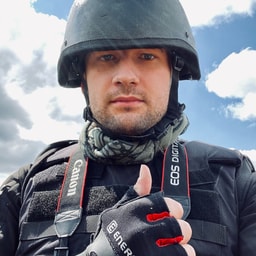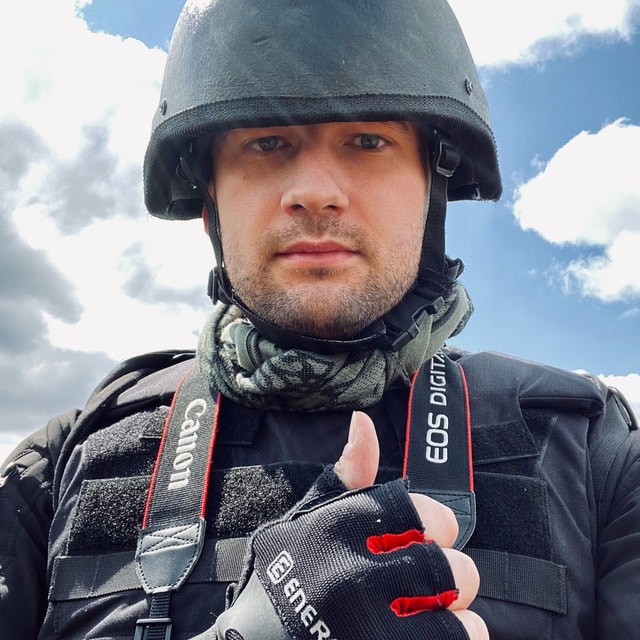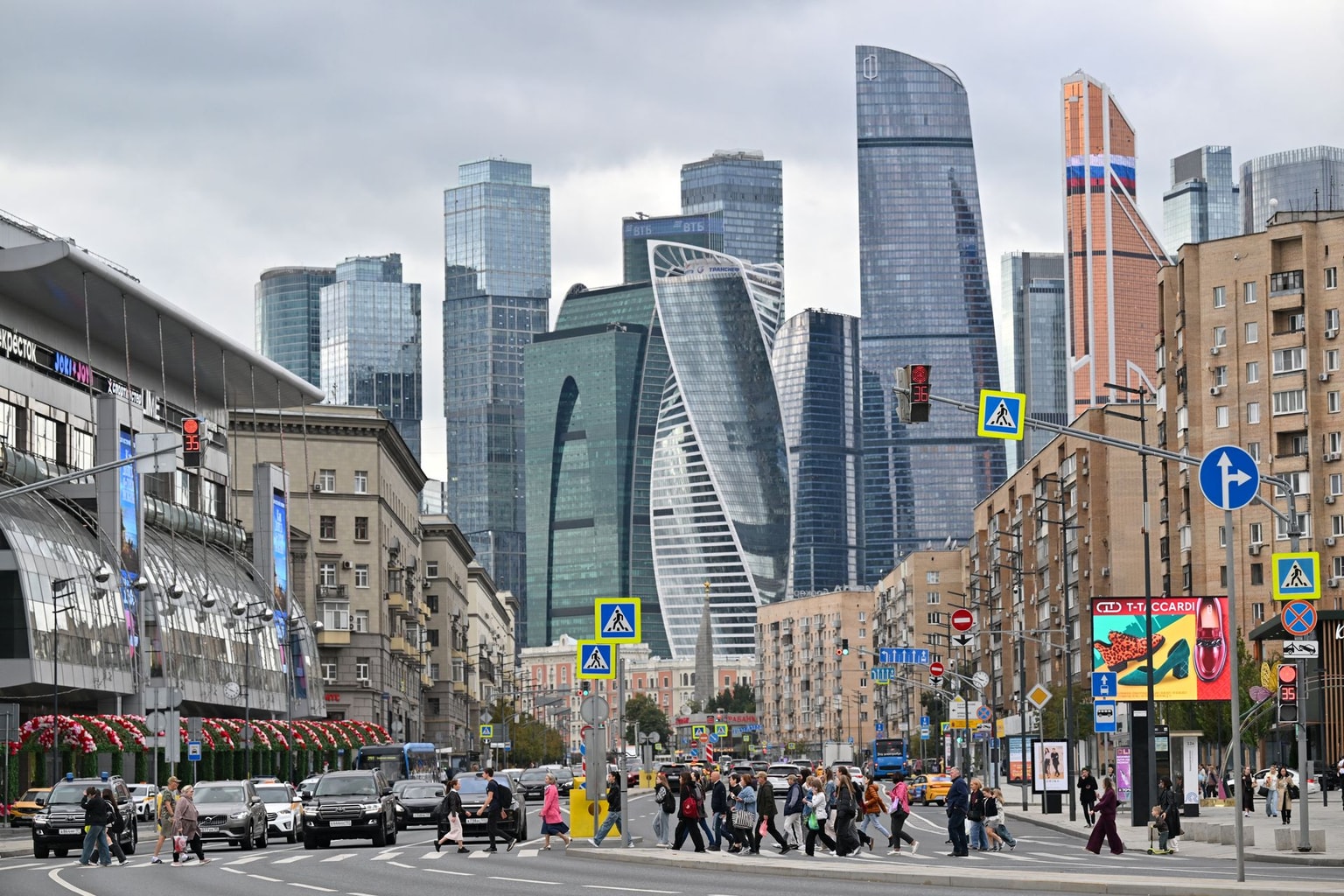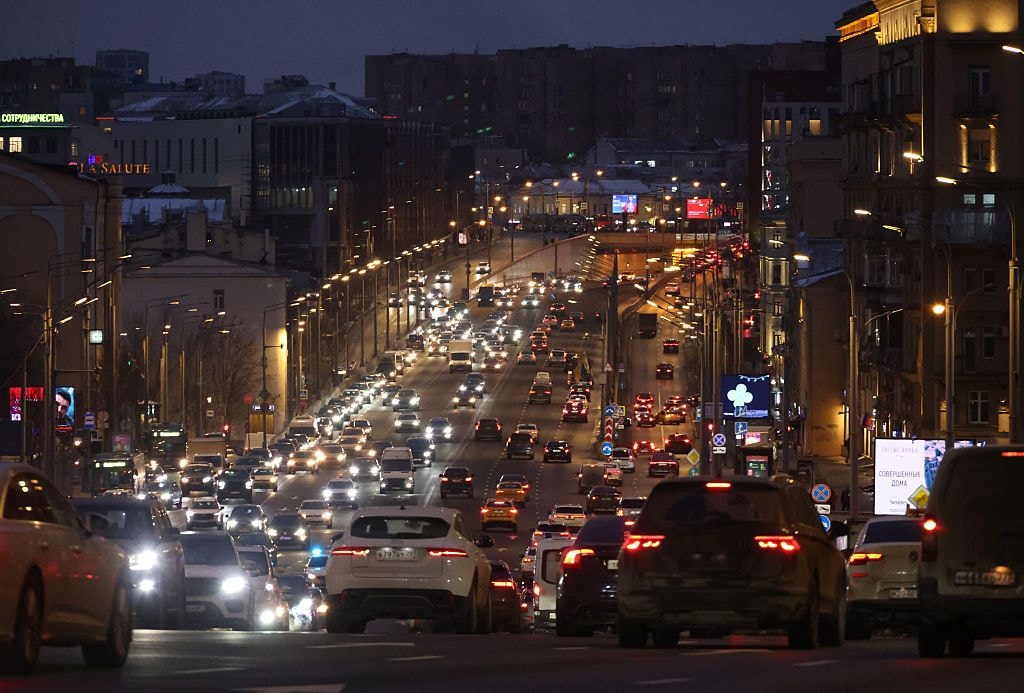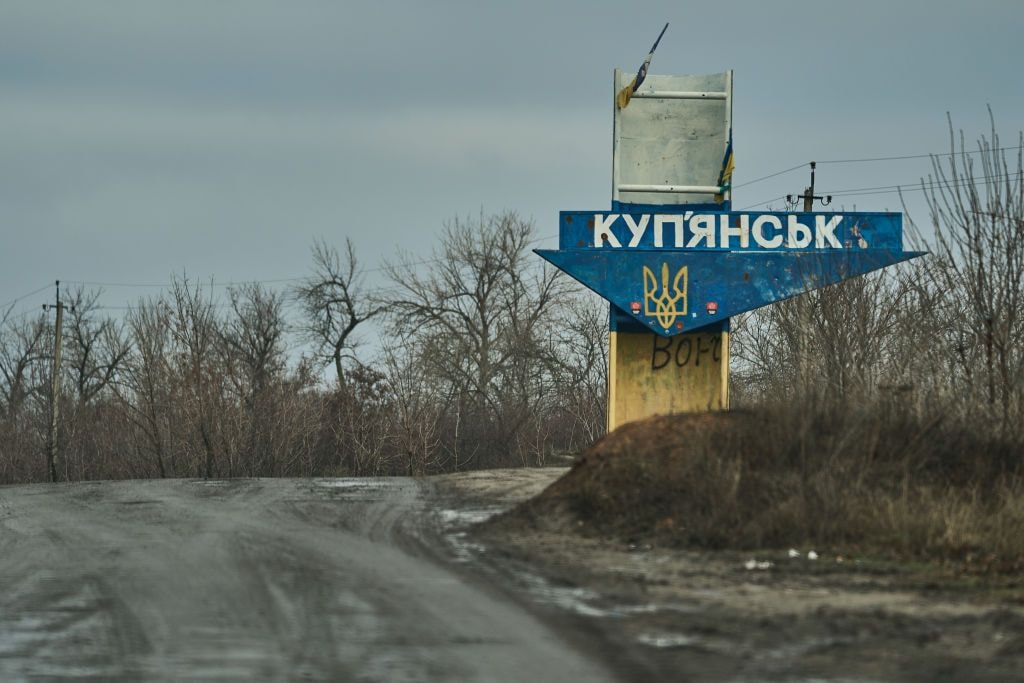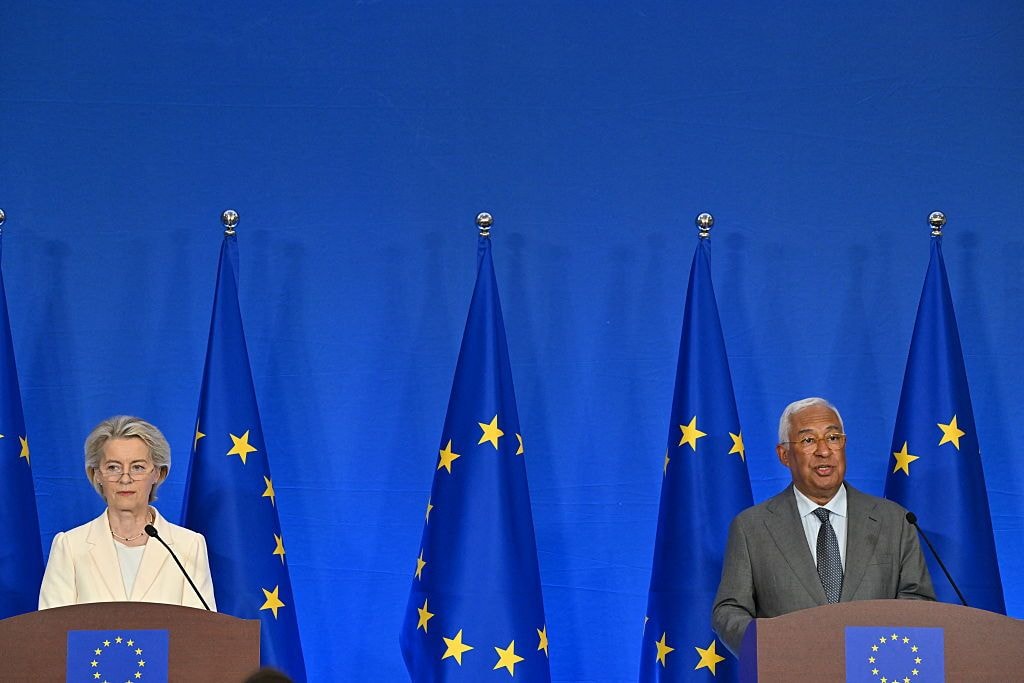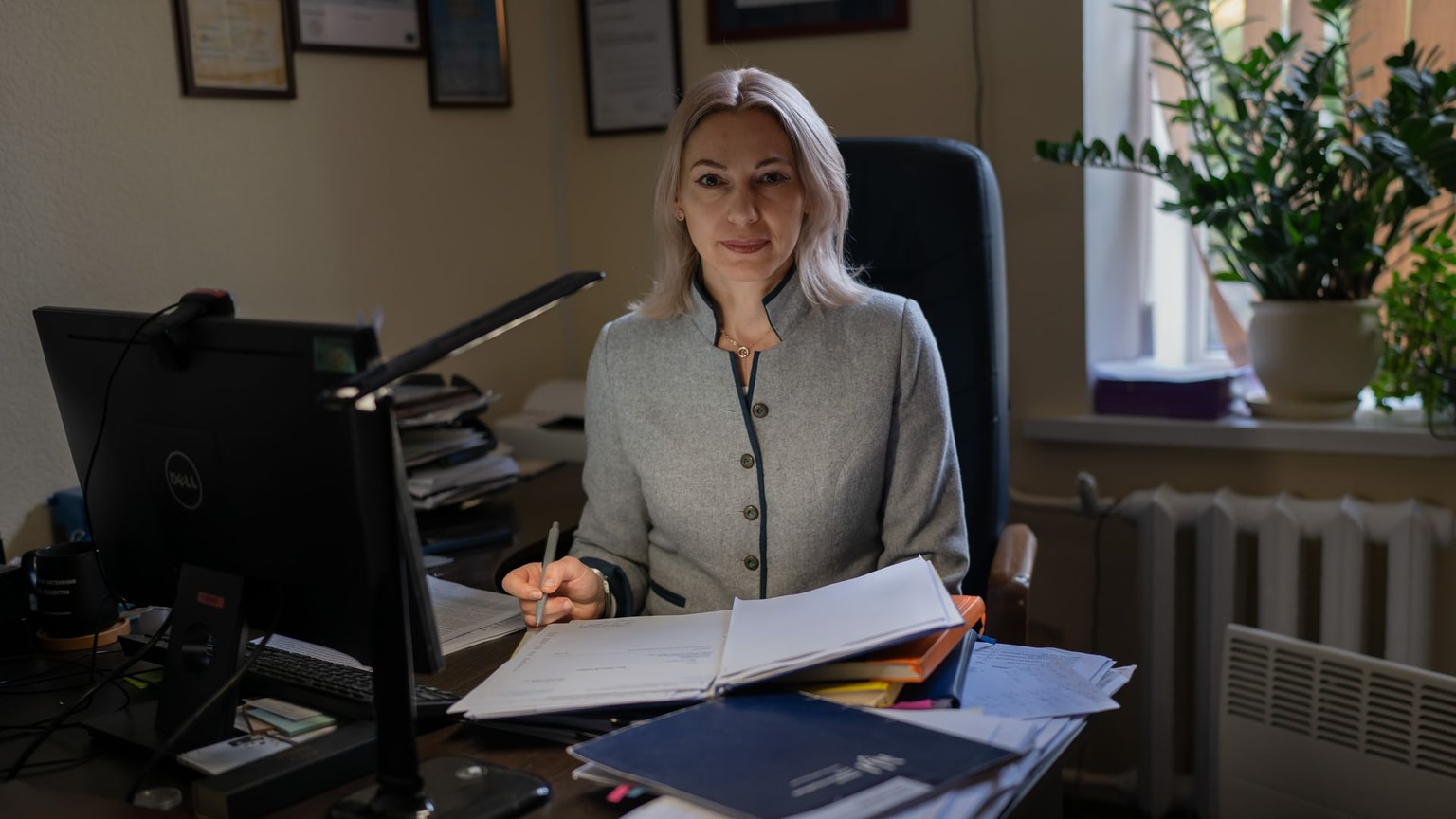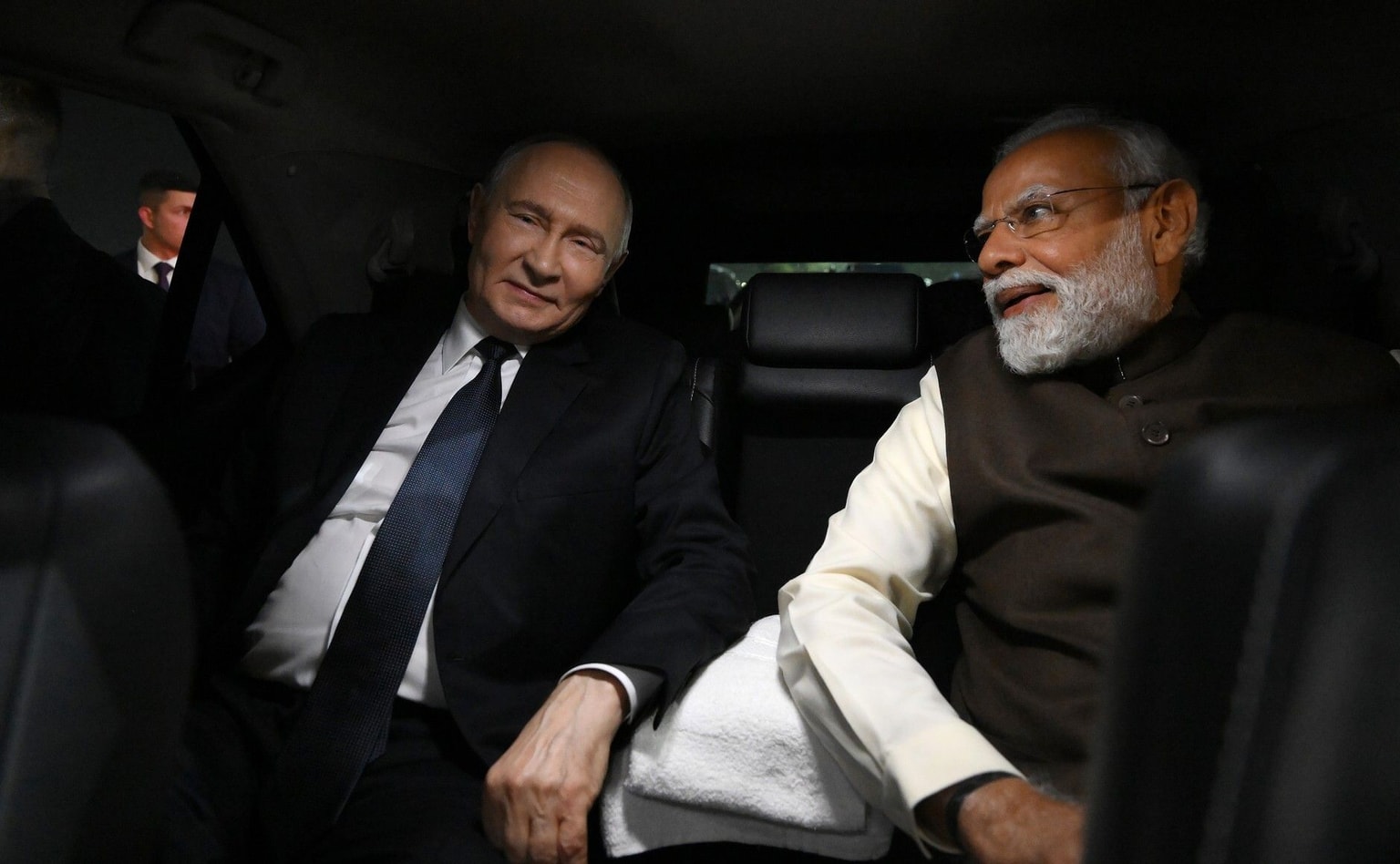Regular Kyivans get ready to help repel Russian attack

Cold sleety rain washes against the derelicts of what used to be a big asphalt refinery on the outskirts of Kyiv.
Small groups of people in mixed tactical gear and sports jumpsuits bend down in the dirty snow.
The motley squad is armed with airsoft guns and fake Kalashnikov models, but some have real carbine rifles.
A military instructor walks among them, giving detailed commands.
“Nobody fights alone in combat,” says the instructor, a young man in full combat gear.
“You’re going to practice in pairs now. Suppress the enemy from behind cover while your mate advances for several seconds to find a new cover. Then you move as your mate gives you covering fire. Repeat the thing until I say stop. Go!”
Breathing heavily and grunting, civilian reservists with the 130th Territorial Defense Battalion, the Kyiv city home guard, rise with their dummy weapons in hands, run and fall again in the snow.
They are learning the basics of fire and movement tactics for small squads.

The ranks are as diverse as the streets of Kyiv. Very young and middle-aged, well-equipped or wearing jeans, men and women, rappers with dreadlocks and clean-cut lawyers — dozens of regular Kyivans decided to sacrifice their weekend rest for a lesson in soldiery.
As Russia causes tensions to mount to levels not seen since 2014, Ukraine is bracing for a very possible full-scale invasion. Among its other preparations, the country is accelerating the establishment of a Territorial Defense Force all across the country.
The new force is meant to be an organized, nationwide paramilitary branch of civilian volunteers. They are training to help the regular Armed Forces defend their own communities in the event of a big war of occupation.
Despite enthusiasm among Ukrainians, this new home guard branch is still in the making. Many Territorial Defense formations, including in Kyiv, are working hard to provide willing civilians with basic combat skills.

Time seems to be running very short: U.S. President Joe Biden confirmed on Feb. 18 that he believes President Vladimir Putin of Russia had decided to invade Ukraine within the next few days. According to Washington, between 149,000 and 190,000 troops now surround the country.
In such a grand war of occupation on a scale not seen in Europe since World War II, Kyiv is expected to be Russia’s prime goal.
Popular militia
The idea behind the Territorial Defense Force is hardly new.
It is supposed to be a highly-organized network of minuteman formations, a mass citizen militia expected to be an auxiliary force aiding the regular military during wartime.
Territorial Defense volunteers keep their regular civilian jobs and gather for regular training from time to time (for instance, every weekend) under the guidance of military personnel, preferably combat veterans of Donbas, that comprise the formation’s core.
Reservists are committed to defend their own local communities, serving with their neighbors.
There have been numerous attempts since 2014 to put this branch together. But it’s the National Resistance Act, which went into effect at the start of the year, that breathed new life into the Territorial Defense Force.
The new bill established a clear new structure for the home guard, making it into its own uniformed branch of military service, alongside the Ground Forces, the Air Forces, the Navy, and others. In early 2022, the new force got its own top commander, Brigadier General Yuriy Galushkin, a Donbas veteran.
According to the new law, the Territorial Defense Force should enlist 130,000 civilian volunteers organized in 25 brigades or nearly 150 battalions in every region, territorial district, or a major city.

The core of the branch will consist of 10,000 regular full-time soldiers who will keep the organization running. The bill also gave the green light to enlist nearly 1,000 new Special Operations specialists who are expected to stay in enemy-occupied territories undercover and secretly organize resistance movements.
Almost anyone aged between 18 and 60 is welcome to join, according to the military. One just needs to have a clean criminal record and successfully pass a medical and psychological examination.
What’s interesting is that, under the law, foreign nationals who resided in Ukraine for at least five years can also try and enlist on the general terms.
New members sign a contract and swear the Territorial Defense Volunteer oath. But as the military admits, reservists not showing up for regular drills because of work or family issues will not face any form of punishment.
The service is very voluntary — reservists are expected to be motivated enough not to shy away from training. The military is counting on the home guards’ loyalty to their communities and the sense of fraternity among willing members.
The military command wants to make Territorial Defense a national movement, which would make Russian occupation unacceptably costly due to widespread armed opposition.
As Ukraine’s general-in-chief Lieutenant-General Valeriy Zaluzhniy asserted on Feb. 11, he wants up to 2 million Ukrainians (nearly 5% of the country’s population) to join their home guard units and be ready to defend their communities.
Broadly, the Territorial Defense Force is supposed to be a network of light infantry formations that can take on secondary missions behind the regular military: ensuring security in the streets, safeguarding key infrastructure, and even supporting the regular military in combat.
But according to the force’s deputy top commander Sergiy Sobko, home guard units also count on being provided with advanced weaponry, such as the NLAW and FGM-148 Javelin anti-tank systems provided by the UK and the U.S., respectively.
“The idea is just to relieve the regular military of extra work they have to do,” says Anton Goloborodko, the chairman of Ukraine’s Reservists Council, the organization providing basic training for recruits.
Like so many activists working to establish the Territorial Defense Force, Goloborodko had combat experience in Donbas as a mobilized soldier with the 80th Airborne Brigade in 2015 and 2016.
After getting back home from war, he continued with his career as a popular TV news host with Ukraine’s Channel 24. But as the public support behind establishing a nationwide home guard service grew stronger, he decided to enlist in 2020 to keep his skills up and share the experience.

“I don’t need you killed”
Due to the Russian-made crisis, Territorial Defense immediately captured the broad interest of the media, which increased public support. According to a poll by the Ukrainian Institute for the Future held in late January, 56% of Ukrainians said they were ready to join home guard battalions in their communities.
Some celebrities such as Volodymyr Klitschko, the heavyweight boxing champion and brother of Kyiv’s mayor Vitali Klitschko, also formally joined the Kyiv territorial defense as part of the promotion campaign.
As many as 20 Kyiv city council members on Feb. 17 answered the call to join the 112th Territorial Defense Brigade.
Amid the war threat, the 130th Battalion, part of the 112th Brigade, also experienced an influx of recruits in the last two months, according to the command.
Last winter, the battalion had no more than 15-20 reservists coming for training on weekends. But now, there is a persistent team of up to a hundred members and it’s growing all the time.
Nonetheless, the force is still very much in the making. The 112th Kyiv battalion lacks very basic things like a permanent home base, standard-issue weapons stock, and fatigues.
As the leadership admits, the Territorial Defense does not yet provide reservists with anything but summertime fatigues. Members can come dressed in any clothes, including any tactical gear purchased with their own money.
The same thing goes for weaponry: the members are expected to bring their registered firearms, or airsoft guns, for training. Otherwise, one’s only choice is to practice fire and movement with plywood Kalashnikovs.
But, according to the formation, the military is expected to launch the centralized material support for the home guard units as soon as possible, providing reservists with all basic necessities.
But according to the Reservists Council, even such basic training might be of great use for anyone willing to help defend the country.
“This works 100% for people who have never served in the military and never had a gun in their hands,” says Holoborodko.
“Such training provides the basic understanding of how hostilities are conducted, how to communicate with your unit mates, how the military chain of command works. Just to make people closer to the military. Without this knowledge, one would be useless in a combat formation.”
The organization provides training every Saturday. But the program is diverse and intense, and many interested recruits start developing decent basic skills after 2 or 3 months.

In general, assuming a lot of hard individual work, the 112th Battalion is capable of providing basic rifle training within two months, Holobordko says.
Should the worst happen, all reservists are expected to gather at a predetermined rendezvous point and await orders from the military.
Meanwhile, fire and movement training continues.
Yaroslav Mudryk, the battalion’s senior non-commissioned officer going under the name “Prince,” walks among those laying in the snow pretending to be providing covering fire.
“Get your legs together,” he gently kicks one of the recruits, a slim young man with his hair in dreadlocks.
“Leave not a single extra centimeter of your body exposed to enemy fire. I don’t need you killed, you understand? And when wounded, you’re distracting two or three of your fellow soldiers from the mission.”
The recruit embraces and keeps aiming at snowy ruins through his airsoft shotgun.
“Everybody here understands that nobody is going to be defending this country but us, the Ukrainians,” says Goloborodko.
“And everybody understands that Russia’s potential greatly outpaces ours. And we can get the upper hand by ensuring total, absolute, nationwide defense, in which everyone is involved. Asymmetrical warfare is the way we can win.”
